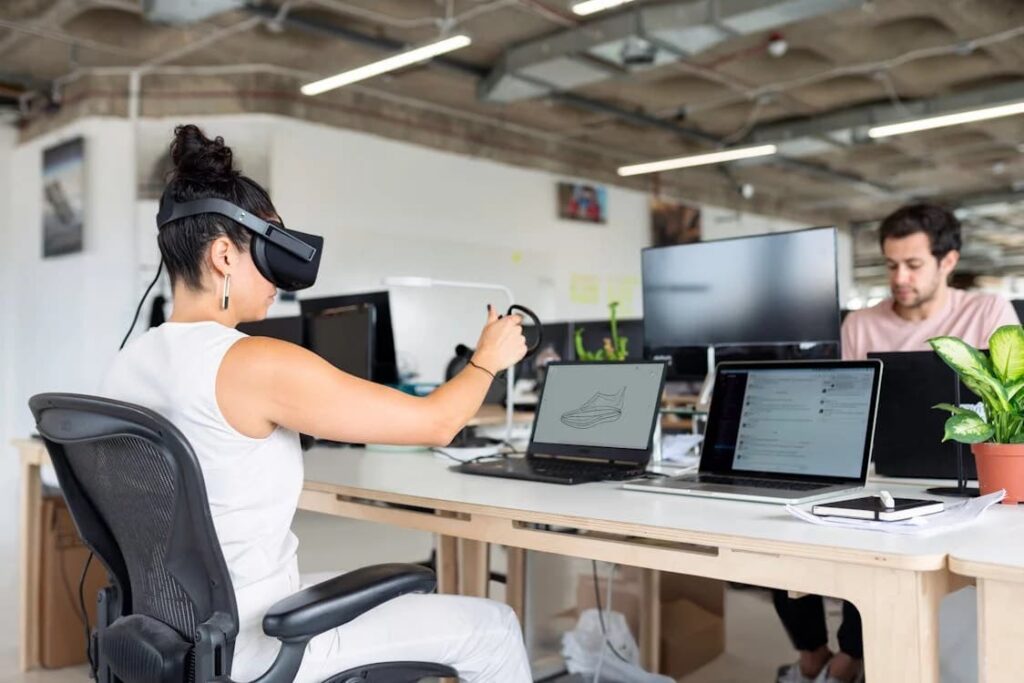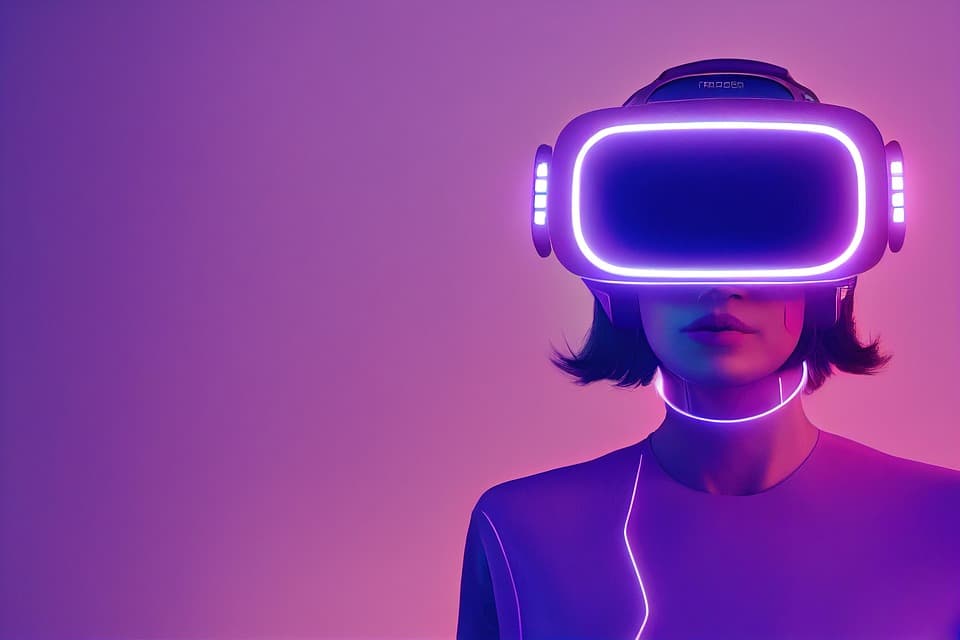Virtual reality (VR) has transformed how we experience digital spaces, with its applications expanding beyond gaming and entertainment into fields like architecture, product design, and education. Among these growing fields is the realm of 3D modelling and design, where VR is quickly becoming an indispensable tool for professionals looking to push the boundaries of creativity and efficiency.
A New Dimension in Design: The Advantages of VR
In traditional 3D modelling, designers are often confined to screens and two-dimensional interfaces, relying on a mouse, keyboard, or stylus to manipulate digital objects. This approach, while functional, is limited in providing a true sense of depth and scale, crucial elements in design. Virtual reality overcomes these limitations by immersing designers in a 3D space where they can interact with models as if they were physically present.
One of the most significant benefits of using VR in 3D modelling is the ability to visualise objects in real-time and real-scale. Designers can walk around their creations, inspect them from various angles, and make immediate adjustments with intuitive hand gestures. This hands-on approach allows for more accurate and innovative designs, reducing the need for extensive revisions later in the process.
Furthermore, VR enhances collaboration by allowing multiple users to work on the same model in a shared virtual environment, regardless of geographical location. This globalised collaboration means design teams can bring together diverse expertise and creativity, all while working on the same project in real-time.
The Intersection of VR and 3D Modeling Tools
The use of VR in 3D modelling isn’t just theoretical; it is actively reshaping the tools professionals use. Several software platforms now offer VR integration, enabling creators to design, sculpt, and modify 3D objects directly within a virtual environment. Programs like Gravity Sketch and Masterpiece Studio have gained popularity for their user-friendly interfaces that harness the power of VR for design.
These tools allow designers to model in ways previously unimaginable. Imagine sculpting a digital object in mid-air with your hands, or manipulating detailed textures on a product design by simply reaching out and touching them. VR transforms the abstract task of 3D modelling into a tangible, interactive process, bringing a physicality to digital creation that was once thought impossible. This level of interaction fosters more creativity and precision, allowing designers to make more informed choices about the shape, scale, and texture of their models. Whether it’s fine-tuning intricate details or making large-scale adjustments with ease, VR enables creators to explore their designs from every angle, ensuring a more comprehensive and engaging creative experience.
Moreover, VR technology is becoming increasingly accessible. From affordable headsets to mobile VR solutions, the tools needed for virtual design are no longer confined to high-end studios with large budgets. Even small design firms and individual freelancers can adopt this technology to enhance their creative processes.
Bridging the Gap Between Creativity and Accessibility

Virtual reality’s impact on design is evident, but its benefits are not confined to large-scale industries. Much like how 3D modelling tools are becoming more accessible, the entertainment world also sees a shift toward inclusivity and affordability. For instance, online casinos have embraced a similar approach by offering minimal deposit options, allowing users to engage without high financial barriers.
Platforms like https://play-fortune.pl/kasyno/z-minimalnym-depozytem/ highlight this trend, where users can participate in immersive gaming experiences with minimal deposits, opening up a world of entertainment for casual players. Just as VR democratises design by reducing the cost of access, these casinos make it easier for a broader audience to enjoy the gaming experience without substantial upfront investments.
This parallel between accessibility in design and entertainment illustrates how technology is reshaping both fields, making once-exclusive experiences available to a wider range of people.
Conclusion: The Future of 3D Design is Virtual
Virtual reality has come a long way from being a niche technology to a powerful tool for creators. For 3D modelling and design, VR offers an unprecedented level of interaction, creativity, and collaboration. As technology continues to advance and become more accessible, the potential for VR in design will only grow, offering designers across industries new ways to bring their ideas to life. Beyond design, VR is likely to inspire entirely new workflows, allowing for seamless integration between digital and physical worlds. As more industries adopt VR technologies, its influence will shape not only creative practices but also the way we interact with technology on a daily basis.
